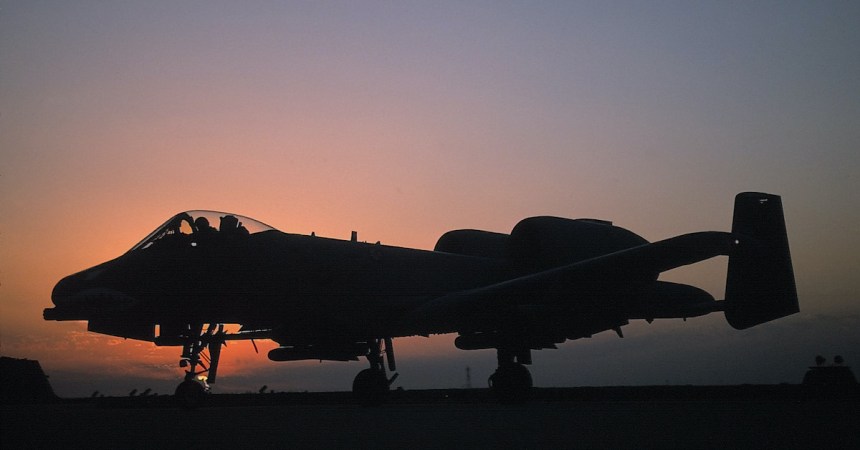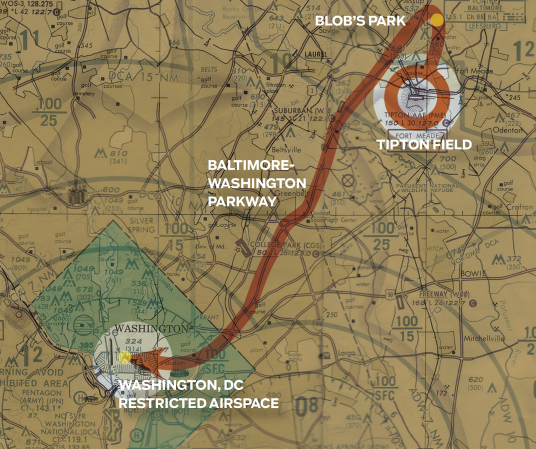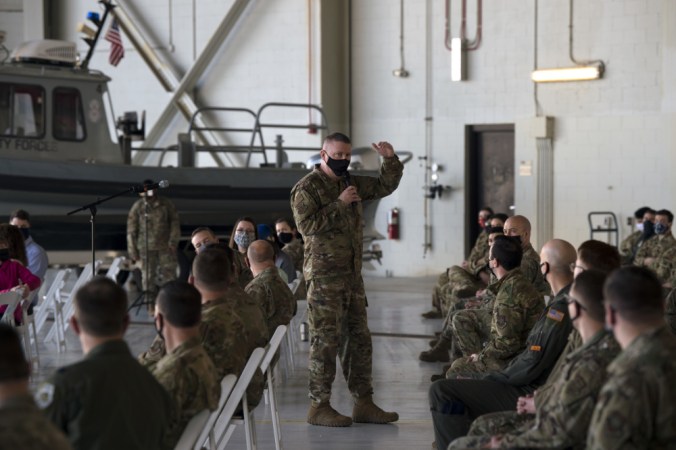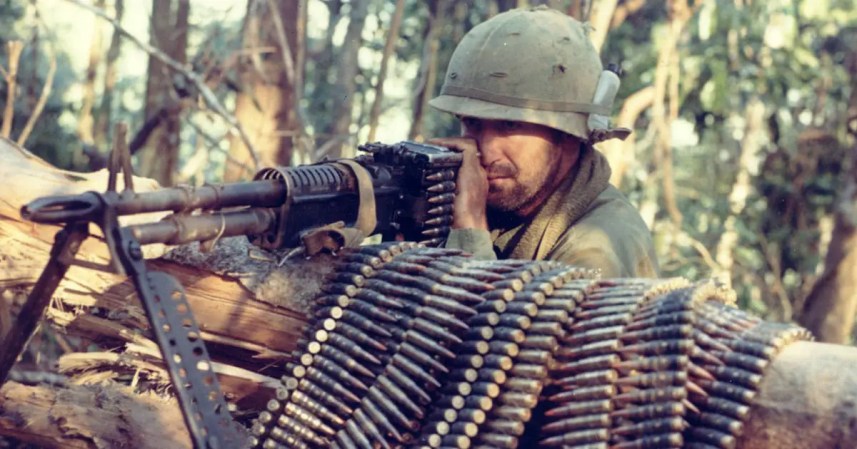United States Army Aviation Branch is perhaps best known for revolutionizing the use of helicopters in combat. Whether it’s the highly versatile UH-60 Blackhawk, the extremely lethal AH-64 Apache, or the logistically mighty CH-47 Chinook, Army Aviation seems to be all about the choppers.
But that’s not all they fly. Despite being known for its rotorcraft, the Army has operated fixed-wing aircraft for the last seven decades, including the CV-2/C-7 Caribou and the C-23 Sherpa.
The Army’s operation of fixed-wing aircraft has been a touchy subject ever since the Army-Air Force divorce that followed World War II. Ultimately, this split led to the Key West Agreement of 1948. This agreement laid out the responsibilities of each branch of the United States Armed Forces. In brief, it left airborne combat in the capable hands of the US Air Force, while the US Army would only take to the seas or skies to support the troops on the ground.
But this agreement didn’t leave the Army solely with transports.

Three of the variants of the Mohawk.
(Graphic by Greg Goebel)
The Army also needed aircraft to provide reconnaissance for troops in the fight. The fact was, in the late 1950s, helicopters were fairly fragile and weren’t yet capable of carrying a significant payload. So, the Army turned to fixed-wing planes that could operate from rudimentary conditions.
One such plane was the OV-1 Mohawk, which came in three variants. The OV-1A was intended to operate with regular cameras. The OV-1B used a side-looking aerial radar to locate enemy vehicles. The OV-1C was equipped with infrared sensors to detect enemy forces (both vehicles and personnel) in all weather conditions. Later, the OV-1D was developed, capable of handling any of these systems.

An OV-1D prepares to take off during Operation Desert Storm. Note the side-looking radar underneath the fuselage.
(DOD photo)
The OV-1 entered service in 1959. It had a top speed of 297 miles per hour, a maximum range of 1,678 miles, and a crew of two. It also had a provision for rocket pods and gun pods under the wings. That last provision caused a stir — the Air Force claimed it violated the Key West Agreement. Ultimately, the Army agreed not to arm planes like the Mohawk in return for not having limits on the performance of helicopters.
The Mohawk served for an impressive 35 years, finally retiring in 1996. Some surplus Mohawks are flown at air shows or with private companies, while other have gone to museums.
Watch the Army introduce this historically significant recon plane in the video below.


























